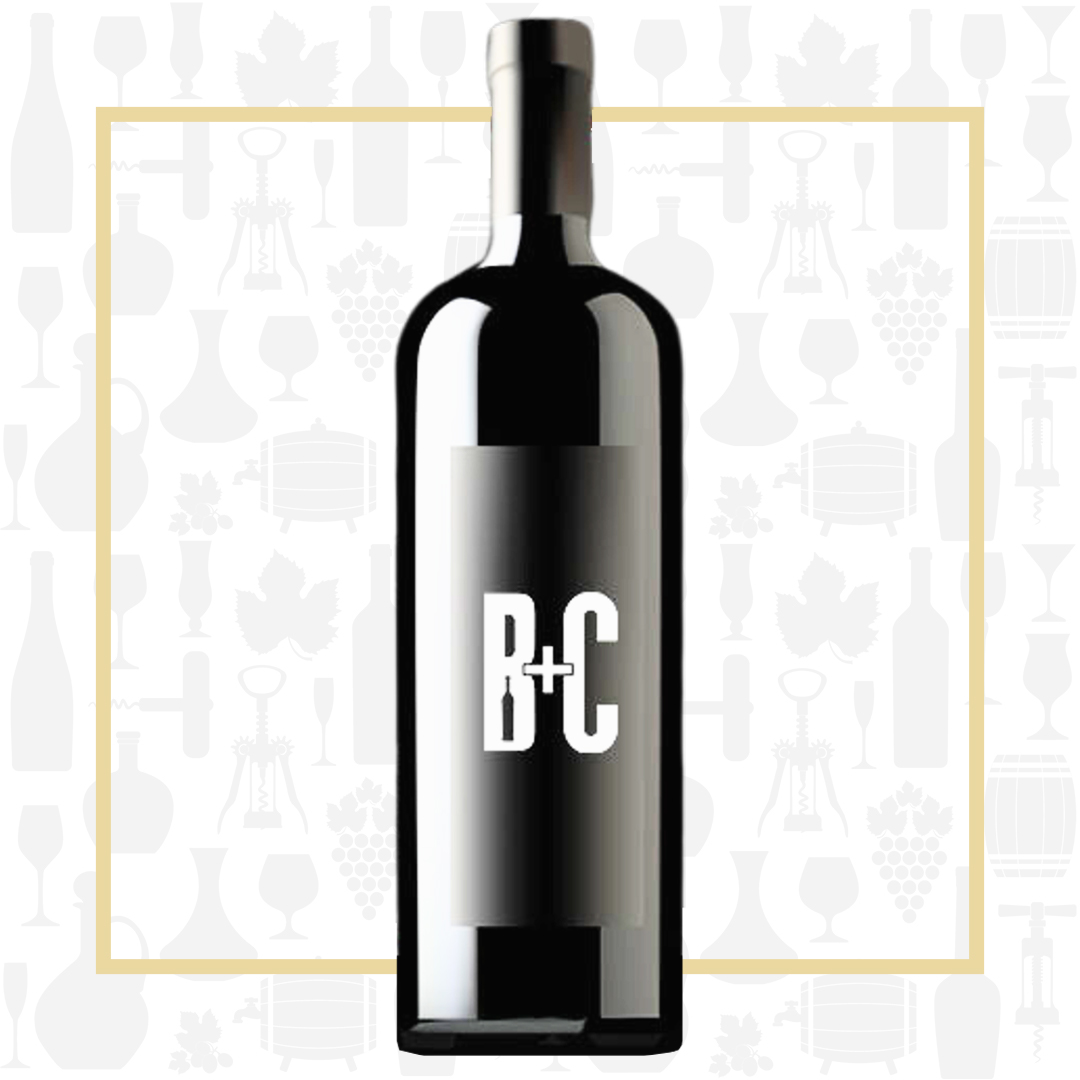Region
Located in the southwest of Switzerland lies the wide, glacial Rhône valley known as the Valais—one of 26 cantons that form the Swiss Confederation. The Valais region benefits from a particular microclimate as a result of its latitude and the fact that the valley is situated in between the Bernese Alps in the north and the Pennine Alps in the south. Home to the highest peaks in the Swiss Alps, more than 50 mountains exceed 4,000 meters—the highest of which reaches 4,634 meters (15,203 feet). At altitudes like this, the region is one of the wettest in the country. That being said, air loses its humidity when passing summits above 4,000 meters and forces a strong, dry, downward wind into the Rhône valley (known as the Föhn), deeming it the driest valley and wine producing region in Switzerland. This continental dichotomy creates ideal growing conditions; the crisp, dry air provokes a diurnal shift that is particularly helpful in the spring when the risk of frost is high, as well as in the fall, helping to ensure slow ripening. Overall, the Valais plain receives less than 600 millimetres of rain per year and more than 2,000 hours of sunshine during the growing season. At 5,000 hectares, the Valais is the largest AOC in Switzerland and accounts for a third of the total wine production.
Vineyard
One of the key philosophies in the vineyards for Jean-René Germanier is striking a balance between the amount of leaf surface and the quantity of grapes on the vine—an extremely important relationship when it comes to photosynthesis; more leaves means more vigour which often results in an abundance of grapes with low concentration. Leaf plucking and dropping fruit controls yields and boosts flavours. In addition to lowering yields, farming organically without the use of herbicides and pesticides, harvesting by hand are of utmost importance. This Chasselas comes from 45 year old vines in the vineyards of Vétroz.
Winemaking
Fermented in temperature controlled stainless steel and aged on its fine lees for 6 months prior to bottling.
Varieties
Chasselas is a variety grown mainly in Switzerland, where it originated, and is the most widely planted white variety in the country. In its native Switzerland, it has several regional synonym names, the main one being ‘Fendant’ in the canton of Valais. On the vine, Chasselas tends to ripen early, making it a good match for Switzerland’s cool alpine slopes. However, the best examples can be complex and rich, showing a range of fruity, floral and mineral flavours, with good acidity and the ability to age well in the cellar. Older wines show more honeyed and nutty flavours, taking on a deep golden colour.
Tasting Notes
Brilliant in the glass. This Chasselas displays a true sense of place. The nose is crisp with citrus zest and mineral notes. The palate is bright and racy with green apple, citrus and wet stone balanced by a slight weightiness from the lees aging.

